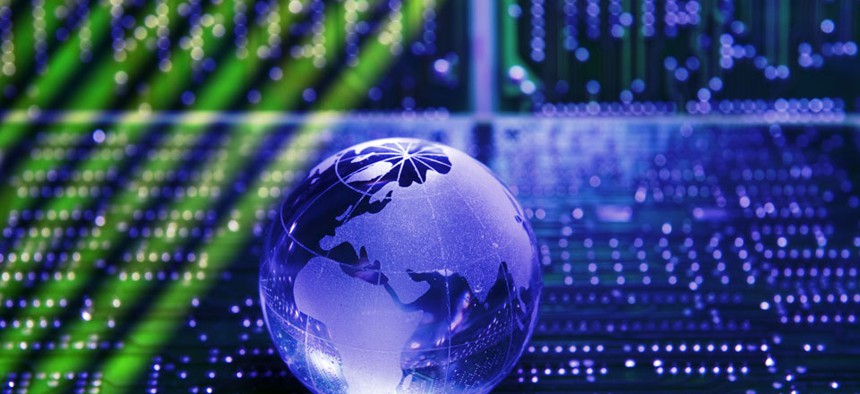Internet of Things: What Happens When the Physical and Virtual Worlds Collide?

asharkyu/Shutterstock.com
Well, it could mean a whole lot of broken gadgets.
Imagine a world where everyday objects and appliances anticipate your unique needs. Devices in your home will be smart enough to know when you’re low on your favorite food, how to give you the best driving directions depending on traffic flow and weather, and monitor -- and improve -- your health.
It’s clear the Internet of Things has great promise.
But this convergence of the physical and virtual worlds also presents dangers. For starters, what happens when all these new technologies go kaput?
A May 2014 Pew Research report, “The Internet of Things Will Thrive in 2025,” examined that issue, among many others.
Speaking at the Sept. 8-9 Nextgov Prime 2014 conference, co-author of the report and Elon University professor Janna Anderson highlighted some of the unintended consequences of the Internet of Things, as cited by survey respondents.
“‘We will live in a world where many things won’t work -- and nobody will know how to fix them,’” she said, quoting one response in the report.
Another unintended consequence? How about excessive marketing (in other words, “Is my implant going to be playing ads all day long inside my head?”), the inability to opt out of the interconnectedness and a widening digital chasm between the haves and the have-nots.
But what’s really put the fear in people is increased surveillance, profiling and targeting. Concerns of an even bigger Big Brother overshadowed worries about information overload or invasive ads.
Governments and corporations are “motivated by fiduciary responsibilities, they’re motivated by a lot of things and not necessarily the greater good of individuals’ privacy,” Anderson said.
The National-Geospatial Intelligence Agency might be compiling a ton of data, but it takes privacy very seriously, stressed David Bottom, director of the Information Technology Services Directorate at NGA.
With the abundance of data the Internet of Things will generate, NGA needs to “find a way to store, leverage, visualize, and protect and deliver value from machine-generated data,” he said.
And keeping that information safe is often a matter of “collecting the things we’re supposed to collect and not collect the things we’re not supposed to collect,” Bottom explained.
Despite the exponential growth in the amount of data generated by an interconnected Internet of Things, some of it is bound to be junk.
That’s a real danger, according to Chris Reed, program manager at the Intelligence Advanced Research Projects Activity. “Some of that data is going to be of poor quality, and if we don’t treat that data appropriately, we can make dangerous decisions based on that data,” he cautioned.
Whether the Internet of Things eventually lives up to its hype and overcomes these challenges, David Bray, CIO at the Federal Communications Commission, reminded the audience that technology inherently is neither good nor bad, and that even an Internet of Things will still be guided at some level by people.
“It’s how we choose to use it that determines whether it’s good or bad; human nature hasn’t changed,” he said.
(Image via asharkyu/Shutterstock.com)






